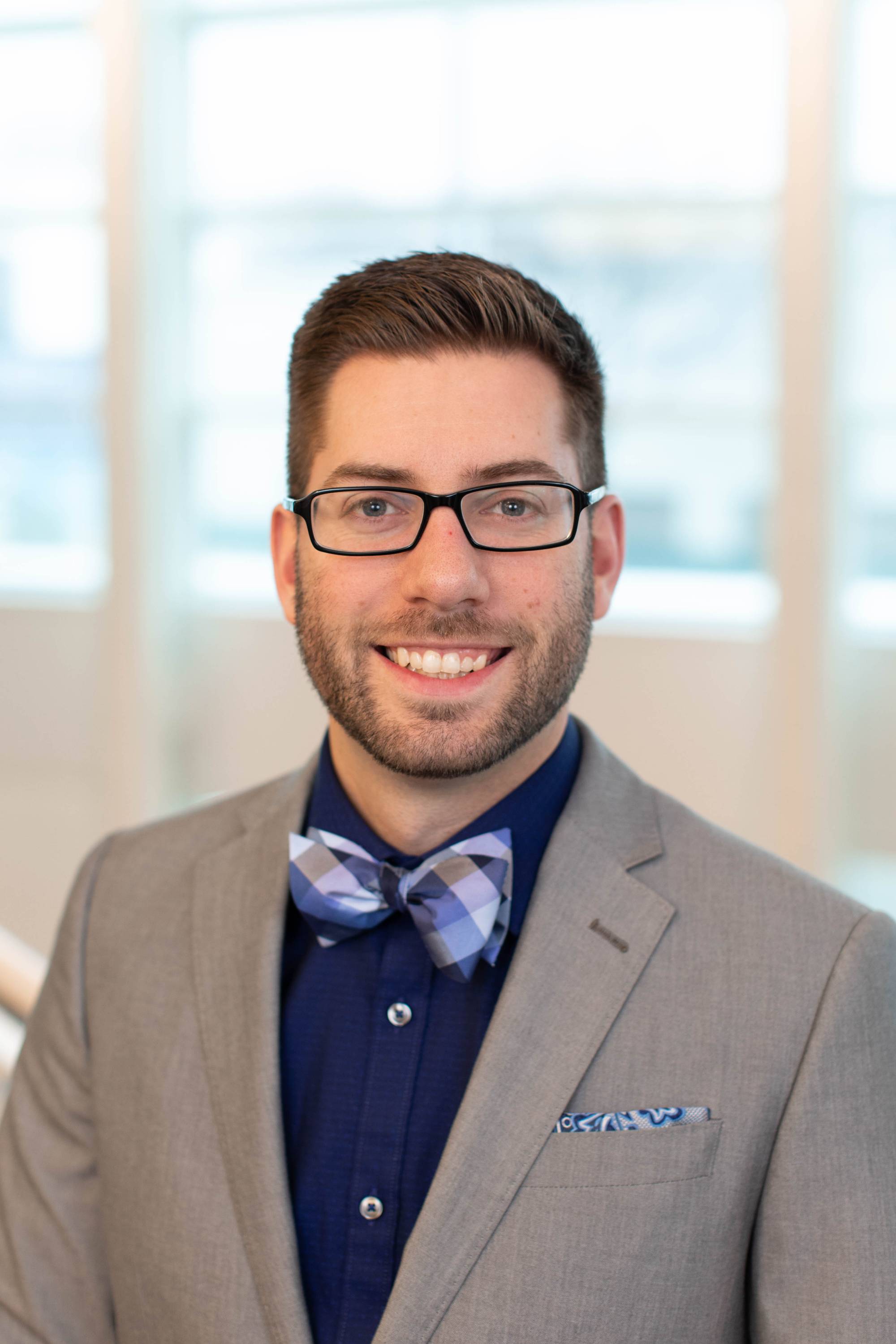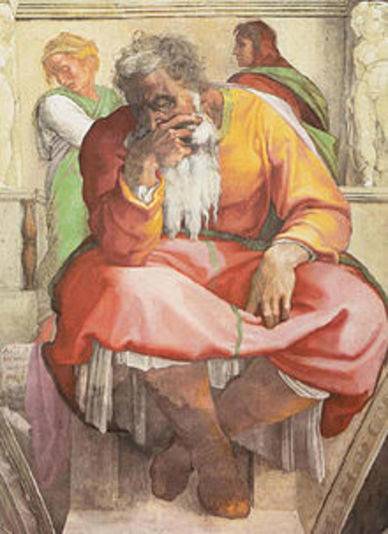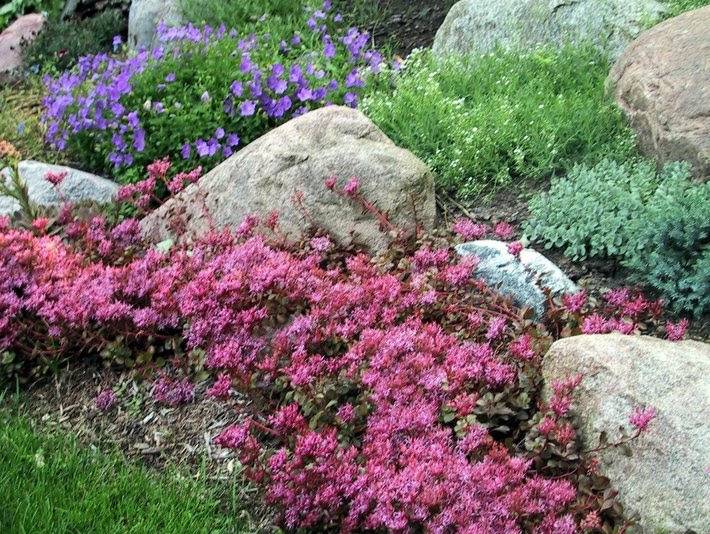Interfaith Insight - 2020
Permanent link for "Amidst a pandemic, invest in the unknown" by Kyle Kooyers on May 19, 2020
We welcome back Kyle Kooyers, as we continue our series from the
Kaufman Interfaith Institute staff. Kyle began working at the
Kaufman Interfaith Institute while a graduate student at Calvin
Theological Seminary, and then joined us full-time as Program
Director upon completion of his Master of Divinity degree. Last
summer he was appointed Associate Director.
Martin Luther is often credited with the saying, “Even if I knew
that tomorrow the world would go to pieces, I would still plant my
apple tree.”
Perhaps as the weather has begun to warm, you like many of my
neighbors have made your way outside to garden, plant, or landscape as
a means of catharsis during this Covid-19 season of social distancing.
For a number of reasons, I too see planting as a beautiful practice
during times of uncertainty, frustration, and fear.
There’s an aesthetic element in which we are working to beautify
our space, finding a centering in something within our control. There
is a grounding element as we connect with the richness and life found
in the dirt of the earth. And there is a hope element as we invest in
something that will blossom and yield in a future that may be
difficult to imagine.
That notion of hopeful investment in spite of the present has
always fascinated me. The prophetic texts of the Hebrew Scriptures are
full of accounts where someone does something simply because it stands
in contradiction to the situation or reality they are facing. One such
example involving the Prophet Jeremiah comes to mind.
To set the stage, the city of Jerusalem is under siege by a
massive army. The people of Israel are about to be captured and taken
to Babylon. The world is literally falling apart around them. All of
the things they loved to do, the plans they had looked forward to,
their jobs and routines, the closeness of family and friends was
suddenly taken away.
Amid all of this chaos and uncertainty, Jeremiah, who is
effectively in prison for peaceful protest, receives a divine message
that his cousin is about to offer him the opportunity to buy some
land. Sure enough, his cousin Hanamel comes along and asks if he will
purchase a field. So Jeremiah buys that field from his cousin, but he
does so in the most official way possible. He pays 17 shekels of
silver, signs two purchase deeds, and has the transaction witnessed
and seen by all of the people who are sitting around him. The deeds
are then given to his friend, Baruch, who places them in earthen
vessels so they would be maintained for a very long time.
But this makes absolutely no sense! On the level of property
value alone, it is a ludicrous investment. Jerusalem is under siege
and the people of Israel are about to be carried off into exile. The
land is about to be taken from them.
This purchase of land, this investment in the dirt is an embodied
prophecy, a peaceful resistance to the idea that terror and
destructive power will have the final word. It is a message that one
day this very ground will see healing and prosperity. This action of
hope ought not to be confused with a mere denial of the present
situation, bleak as it may be. In this seemingly non-sense prophecy,
Jeremiah literally invests in the hope of a future, a new reality,
precisely at a time when that future seems utterly impossible, perhaps unimaginable.
For those living, or better, surviving, in the grip of captivity,
disenfranchisement, oppression, or in the midst of a global pandemic,
a message like this would seem like nonsense. But, at the heart of
Jeremiah’s prophecy is both the acknowledgment of the present darkness
and a bold move towards a future beyond it. This is not blind
optimism. This is the action of hope in which Jeremiah acknowledges
despair and still proclaims that peace, justice, and healing are possible.
I recently watched Jimmy Fallon’s interview with renowned
researcher, professor, and author Dr. Brené Brown, on “The Tonight
Show.” Dr. Brown discussed how to navigate the vulnerabilities
associated with being in a situation for the first time – like a
pandemic. She offers three helpful approaches:
• Naming that this is the first time we have encountered
something like this.
• Taking the perspective that this will not last forever and will
end at some point.
• Keeping our expectations in check since nothing is going to go
as we planned.
For Dr. Brown, even with the despair and disillusionment of
Covid-19, there is still potential for the future. She says, “I know
for sure that we will have a huge opportunity to be better than before
we went into it. I know for sure that a crisis like this shines a
light on fault lines in our community, in our families, in our
country, in our services, and we are seeing that. We are seeing
disproportionately affected people.”
With an eye towards the unknown, Dr. Brown remarks, “We will have
an opportunity as we come out of this to say, ‘You know what, we will
not let this continue, this is not who we want to be as a country.’”
This is a true portrait of hope in the face of deep pain and
immense loss. There are no easy answers. There are no platitudes or
clichés to make it all go away. The suffering is real and the hurt is
deep. Yet there is also an invitation – that we too might buy up
fields in hopeless places and fill up our own little jars that
something better is one day to come.
For some, like my neighbors, it looks like planting flowers or
vegetables. For some it looks like sewing masks or donating to a local
food pantry. For some it looks like confronting head-on the systematic
disparities and inequities amplified by this virus. For some it looks
like walking 2.23 miles in the hope of justice for Ahmaud Arbery. For
some it looks like taking up a new hobby or returning to one for the
first time in years. For some it looks like mustering just enough
strength to sit up in bed and face the day.
Dr. Brown concludes, “I think for sure we will have an
opportunity to be better and I hope we seize it. I know there will be
more trauma coming out of this especially for those of you in the
epicenter, there will be more trauma than we expect. And I know we are
stronger than we think.” For all of us, hope means reentering and
reimagining the routines and rituals we used to do, learning how to
love and stay connected to people who are now at a distance. Moreover,
hope looks like practicing neighborliness in new ways, offering
patience, kindness, and understanding as together we invest in the
unknown – a better future for all.
Posted on Permanent link for "Amidst a pandemic, invest in the unknown" by Kyle Kooyers on May 19, 2020.




